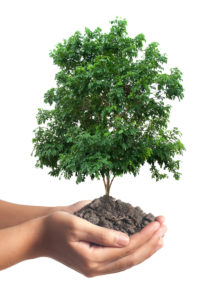Chlorosis Treatments In MN
Chlorosis is a tree health condition in which trees fail to receive enough sunlight and produce insufficient chlorophyll, causing their leaves to turn yellow. All shade trees are vulnerable to chlorosis but trees which are deficient in iron and manganese are at the highest risk. Minnesota trees which are at high risk for chlorosis include pin oaks, river birches, red and silver maples, dogwoods, flowering cherry trees and crabapples.

Symptoms of Chlorosis
Trees which produce enough chlorophyll have green leaves while chlorotic trees will have leaves that are faded green, yellow, red or even white in severe cases. Yellowing between the veins of leaves and necrotic areas appearing on leaves are other symptoms of chlorosis. Severely afflicted chlorotic trees will experience tip dieback and will become more susceptible to insect infestations, fungal diseases and abiotic stresses.
Treatments for Chlorosis
Treating chlorosis will require you to address the underlying issues leading to chlorosis. Verdur root flare injections of iron and manganese can restore green coloration to trees' leaves for several years. For long-term treatment, adjust the pH levels of the soil, decompact the soil and stimulate the tree's root development. Applications of Cambistat can help to stimulate root growth and stabilize chlorotic trees. Other actions such as soil amendments and proper applications of fertilizer can also help to restore a chlorotic tree to good health.

